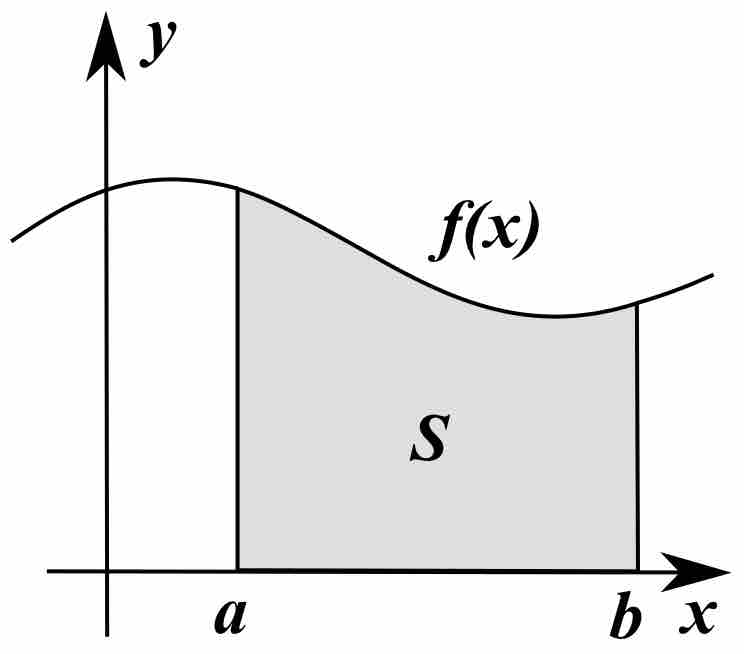An average is a measure of the "middle" or "typical" value of a data set. It is a measure of central tendency. In the most common case, the data set is a discrete set of numbers. The average of a list of numbers is a single number intended to typify the numbers in the list, which is called the arithmetic mean. However, the concept of average can be extended to functions as well.
If
extend this definition to continuum by making the following substitution:
Therefore, the average of a function
Note that the average is equal to the area under the curve,

Fig 1
The average of a function
Mean Value Theorem for Integration
The first mean value theorem for integration states that if
In particular, if
The value